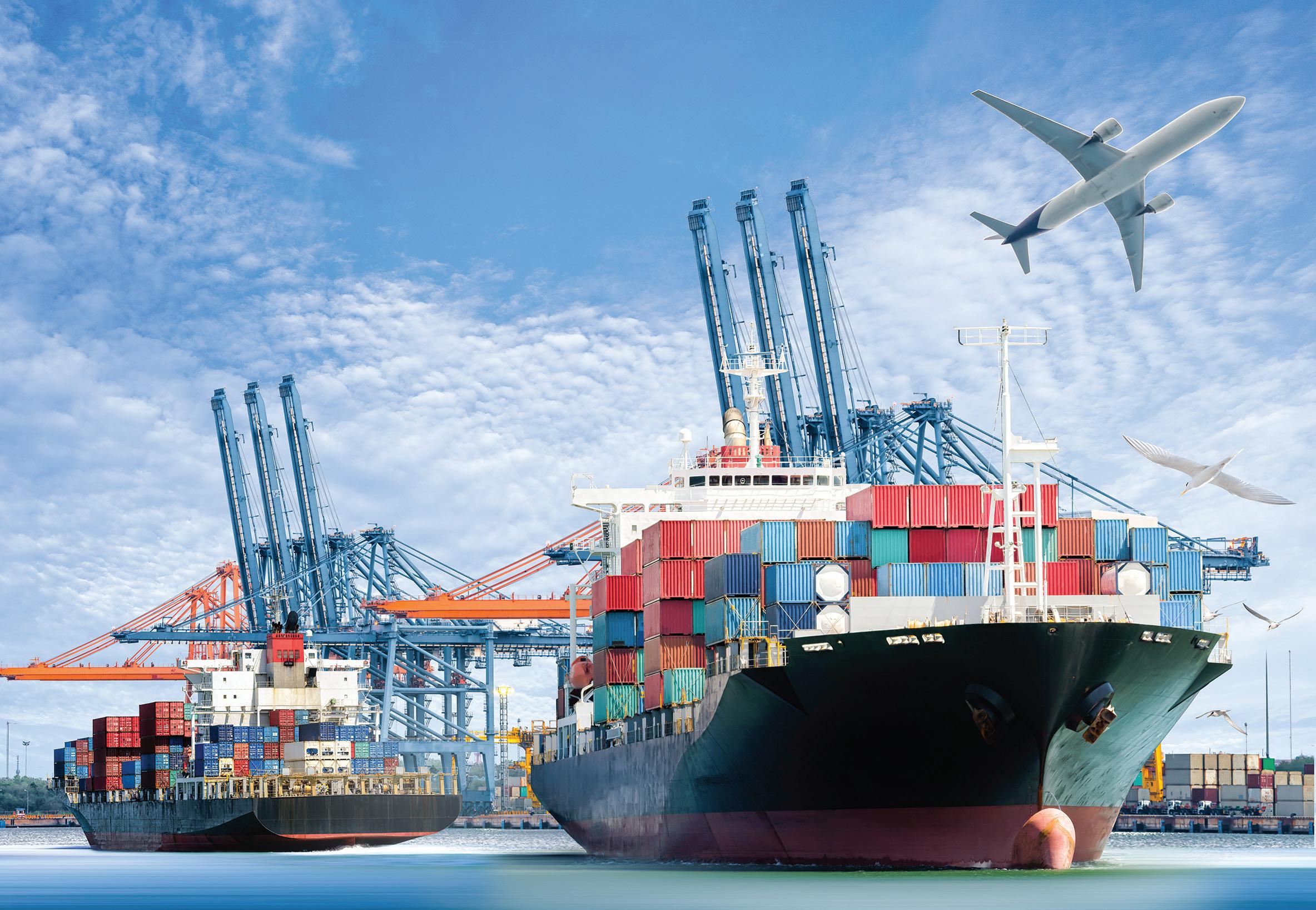PACIFIC P RTS Volume 1 Issue 1
www.pacificports.org
August 2020
Pacific Ports Update
Diversity helps ports weather COVID-19 storm
Maritime Cybersecurity Work locally with global connectedness
Global Economics
Where to from here? Four scenarios for the global economy
ASSOCIATION OF
PACIFIC PORTS













